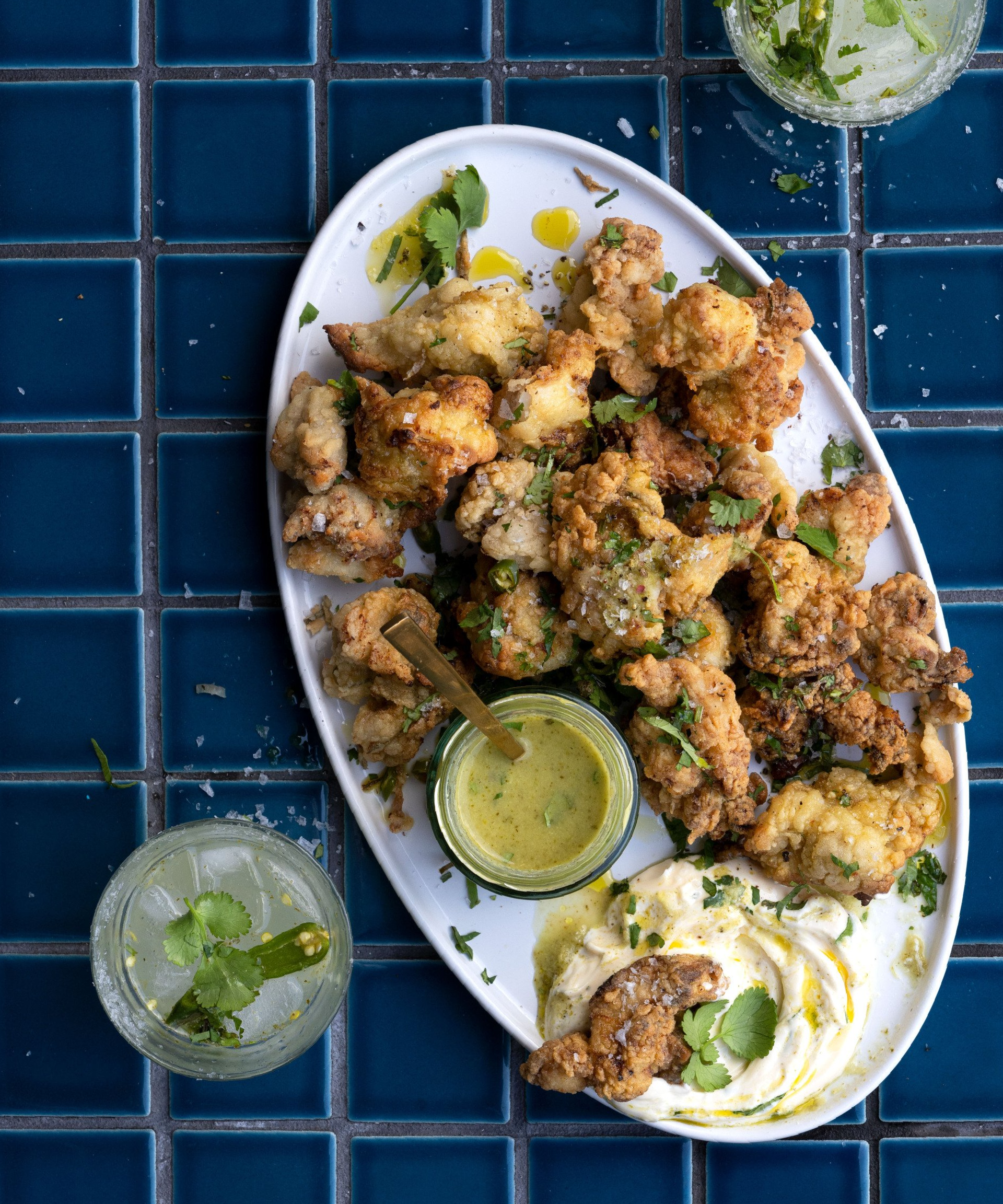With the long summer days just around the corner, I wanted to give you a little encouraGIN in the kitchen. Inspired by the makrut lime leaf flavours of Twelfth Hour Dry Gin, our resident chef Samantha Parish has developed some deliciously fun recipes with Asian flavours front of mind. Happy cooking.
If someone was to lay out numerous drink options on the table, without a shadow of a doubt my first choice would be gin. Neat, spritzed with tonic or soda, or thrown into a cocktail, I am always aboard the gin train, but there’s nothing worse than getting a gin that hasn’t quite cracked the code on flavour. It is safe to say Twelfth Hour Distillery has. My new go-to for small batch and minimal botanic-forward gin made here in New Zealand and founded by one of Canterbury’s own, Andrew Shannon.
Unlike other gins on the market, Twelfth Hour Dry Gin has a great balance of only eight botanicals but prides itself on the innovative inclusion of makrut lime leaf – a nod to master distiller and co-founder Pawat’s Thai heritage. Not only that, they take it one step further by harvesting the leaves from Pawat’s mum’s backyard here in NZ.
Only being commercially for sale for a young 18 months, it is a small batch distillery that makes two batches a week of around 140 bottles. A handcrafted product whereby multiple stills are constantly watched and on rotation to be blended together.
After 22 iterations of the recipe to get the makrut lime to be prominent towards the front of the palette, the gin you see today is a journey of flavour. Twelfth Hour is one of the first distillers in New Zealand to not only use makrut lime leaf but also to not filter their gin, leaving the additional oils and flavours from botanicals and the process of distilling left in the gin to ensure the best possible flavour. Because at the end of the day what’s more important? Super clear spirit (water already does that) or a full-flavoured gin?
Twelfth Hour macerate the lime leaves and let time and nature do the work for them. Leaving the beautiful oils from the leaf in the product guarantees a gin that celebrates Asian fusion botanicals and the hero – the makrut lime.
Oysters with Gin and Cucumber Granita
Serves 6 as a starter
Prep 20 mins
Begin this recipe 1 day ahead

½ cup (125 ml) Twelfth Hour Dry Gin
1 continental cucumber, chopped
juice of 1 lemon
1 makrut lime leaf
1 tbsp caster sugar
2 tsp salt flakes
1 French shallot/onion, finely chopped
2 tbsp red wine vinegar
1–2 dozen oysters
mint leaves to serve
Place gin, cucumber, lemon juice, lime leaf, sugar and salt in a blender and whiz until combined and smooth. Stir through 1 cup (250 ml) water and pour into a shallow freezer-proof dish and freeze overnight. The next day, run a fork through mixture. Rake up the crystals then transfer to a serving dish. Freeze until ready to serve.
Combine onion and vinegar in a bowl and stand to pickle for 5 minutes.
Serve oysters on a bed of salt. Spoon a small amount of onion on top then finish with spoonfuls of granita, serving remaining alongside. Scatter with baby mint leaves and serve immediately.
Serve with Lemongrass Stirred Gin and Tonic
Makes 1
cup load of ice
30 ml Twelfth Hour Dry Gin
125 ml tonic water
1 stick of lemongrass
cucumber strips and pink peppercorns to serve
Fill a glass with ice, pour over gin, tonic. Bruise lemongrass with the back of a knife and use to stir drink. Serve with cucumber strips and finish with crushed pink peppercorns
Fried Chicken with Gin Hot Sauce
Serves 6 as a starter
Prep 30 mins
Cooking 20 mins
Begin this recipe 1 day ahead
6 chicken thigh fillets, cut into 6 pieces
1 cup (250 ml) buttermilk
1 tsp each garlic and onion powder
½ cup each plain flour, rice flour and cornflour
oil for deep frying
mayonnaise and shredded coriander to serve
Gin Hot Sauce (makes 750 ml)
2 tbsp olive oil
1 brown onion, chopped
2 garlic cloves
½ tsp coriander seeds
4 green bird’s-eye chillies, seeds removed (depending on how hot you like it)
2 makrut lime leaves, stems removed
½ cup (125 ml) each rice wine vinegar and water
½ cup (125 ml) Twelfth Hour Dry Gin
½ a bunch each of Thai basil and coriander
juice and zest of 1 lime
1 tsp salt flakes
Place chicken, buttermilk, garlic and onion powder in a bowl and mix to combine. Marinate overnight.
For the hot sauce, heat oil in a frypan over medium heat. Add onion, garlic and coriander seeds and cook for 4–5 minutes or until softened. Add chillies, lime leaves, vinegar and water and bring to the boil. Add gin and remove from heat. Transfer to a blender, along with basil and coriander, lime juice and zest and salt, and whiz until smooth and green. Transfer to bottles and keep in the fridge for up to 2 months.
The next day combine flours in a bowl. Drain chicken and add to flours and toss to coat. Heat a saucepan ¾ full of oil over medium heat until it reaches 180°C. Working in batches add chicken and cook for 3–4 minutes or until cooked through. Transfer to a tray lined with paper towel and scatter with salt. Continue with remaining chicken.
Reheat chicken in a hot oven for 5 minutes if needed after batch cooking.
Scatter chicken with salt and serve with mayo, shredded coriander and a good smattering of hot sauce.
Serve with Spicy Gin Margi
Makes 1
30 ml Twelfth Hour Dry Gin
80 ml soda water
juice of 1 lime
1 tsp Gin Hot Sauce
lime wedges, green chilli, coriander and salt to serve
Shake everything in a cocktail shaker and serve over ice in a salt-rimmed glass. Finish with a lime wedge, halved chilli and coriander.
Coconut Panna Cotta with Caramelised Pineapple & Gin Syrup
Makes 6
Prep 20 mins
Cooking 30 mins
Begin this recipe 1 day ahead
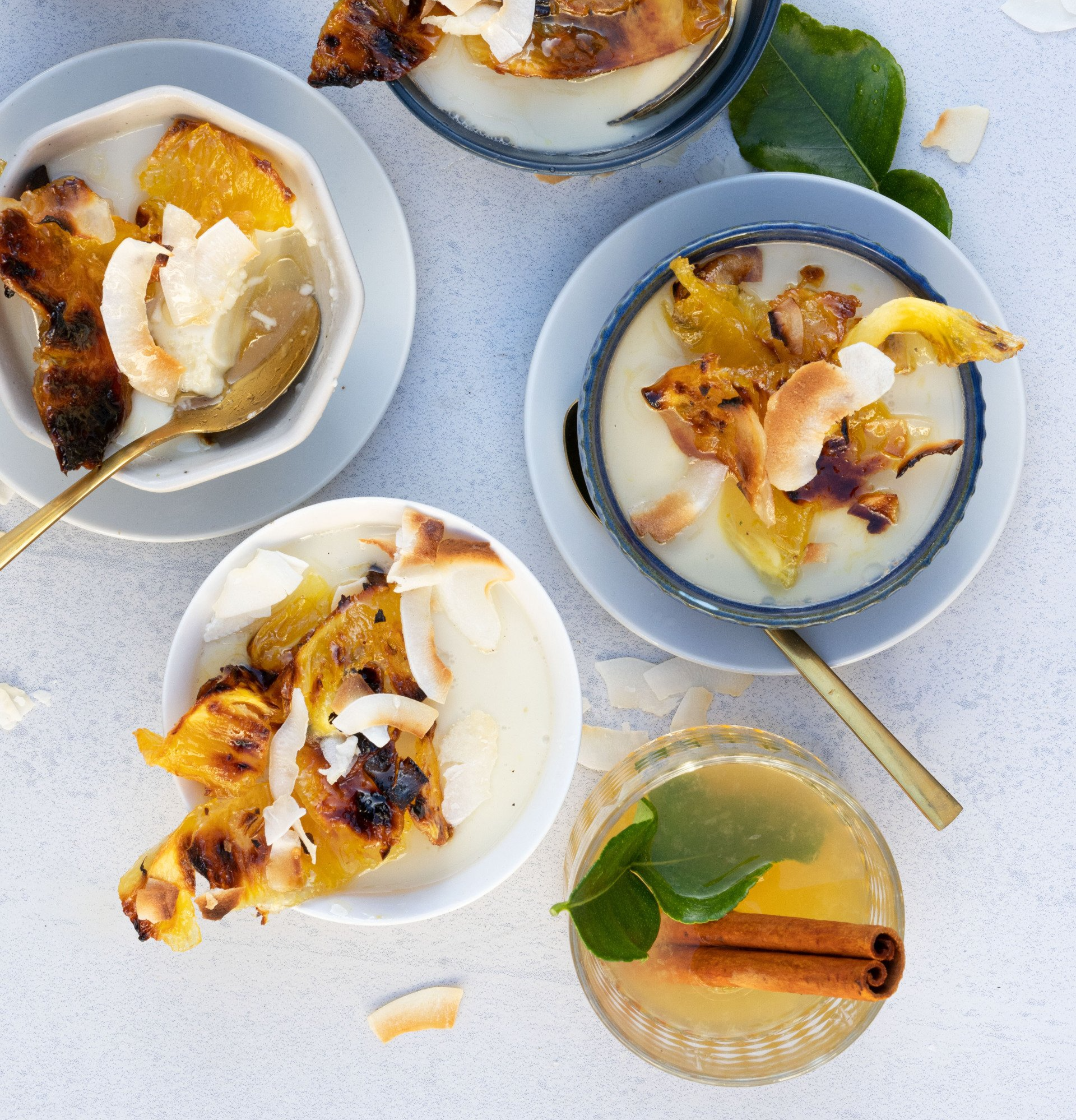
½ pineapple, core removed, thinly sliced
1/3 cup (80 ml) Twelfth Hour Dry Gin
2/3 cup (150 g) caster sugar
juice of 1 lime
toasted coconut flakes to serve
Panna Cotta
400 ml coconut cream
400 ml cream
3 frozen pandan leaves, thawed (found in Asian grocers)
2/3 cup (150 g) caster sugar
5 tsp gelatine powder (or 1 tbsp + 2 tsp)
Place pineapple, gin and sugar in a container and stand overnight to macerate and infuse.
Meanwhile, to make the panna cotta, place creams, pandan leaves and sugar in a saucepan over medium-high heat. Cook until mixture comes to a simmer, then stand to infuse. Meanwhile, place ½ cup water in a microwave-safe bowl. Sprinkle over gelatine then stand for 5 minutes to soften. Microwave for 20 seconds then stir to create a liquid. Return saucepan to heat and stir through gelatine mixture and cook for 1-2 minutes to heat through. Transfer mixture to 6 glasses. Chill for at least 5 hours or overnight to set.
The next day drain pineapple liquid into a saucepan. Place over high heat and bring to the boil and cook for 2 minutes. Remove from heat and stir through lime juice.
Preheat an oven grill to high and place pineapple on a tray lined with foil. Grill towards the top of the oven for 10 minutes or until golden and caramelised. Spoon over panna cottas and drizzle with syrup. Scatter with toasted coconut and serve.
Serve with Hot Gin Toddy
Makes 1
½ cup (125 ml) apple juice
1 cinnamon quill
30 ml lemon juice
1 tsp caster sugar
30-60 ml Twelfth Hour Dry Gin (depending how strong you like it)
www.twelfthhourdistillery.co.nz
Recent stories
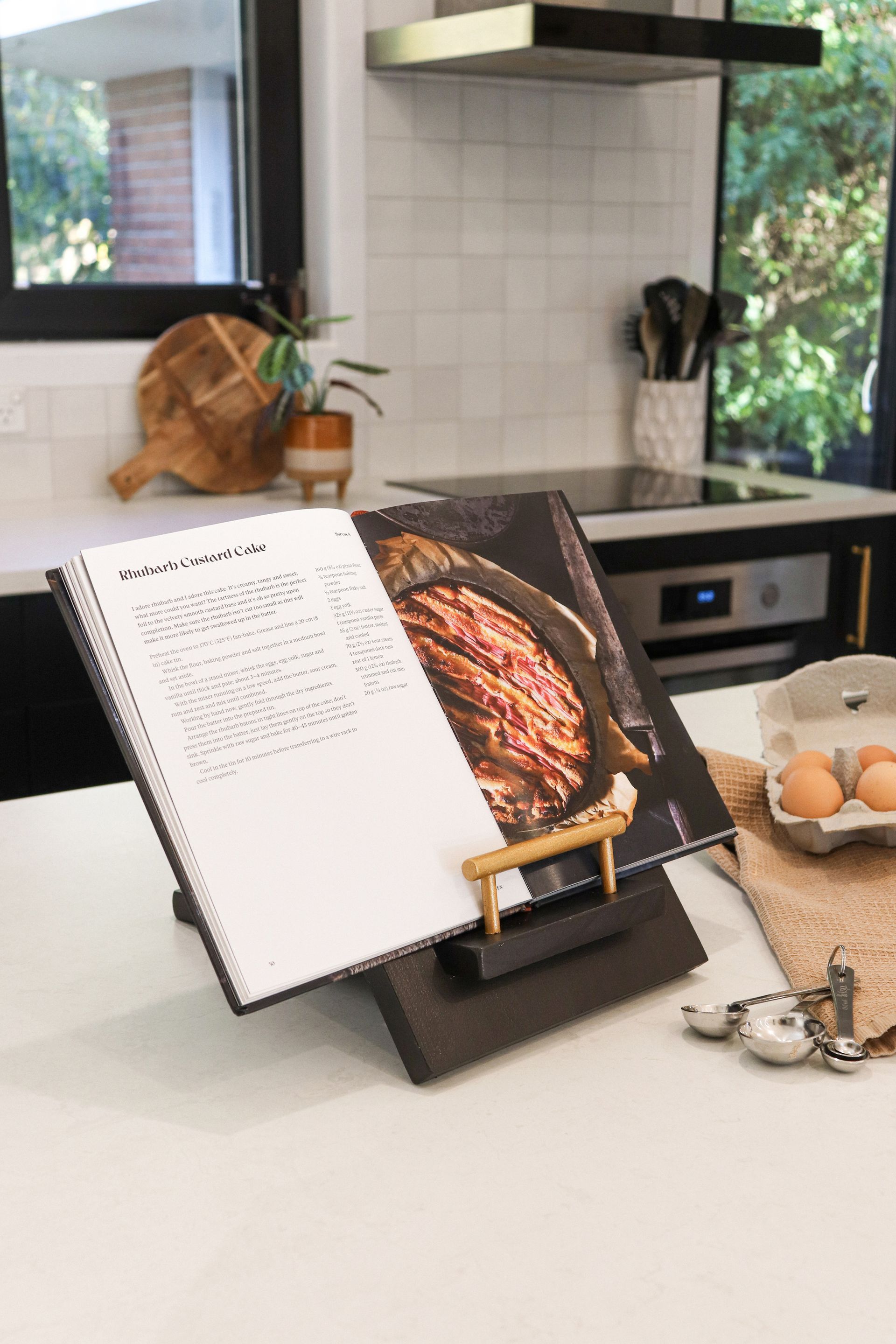
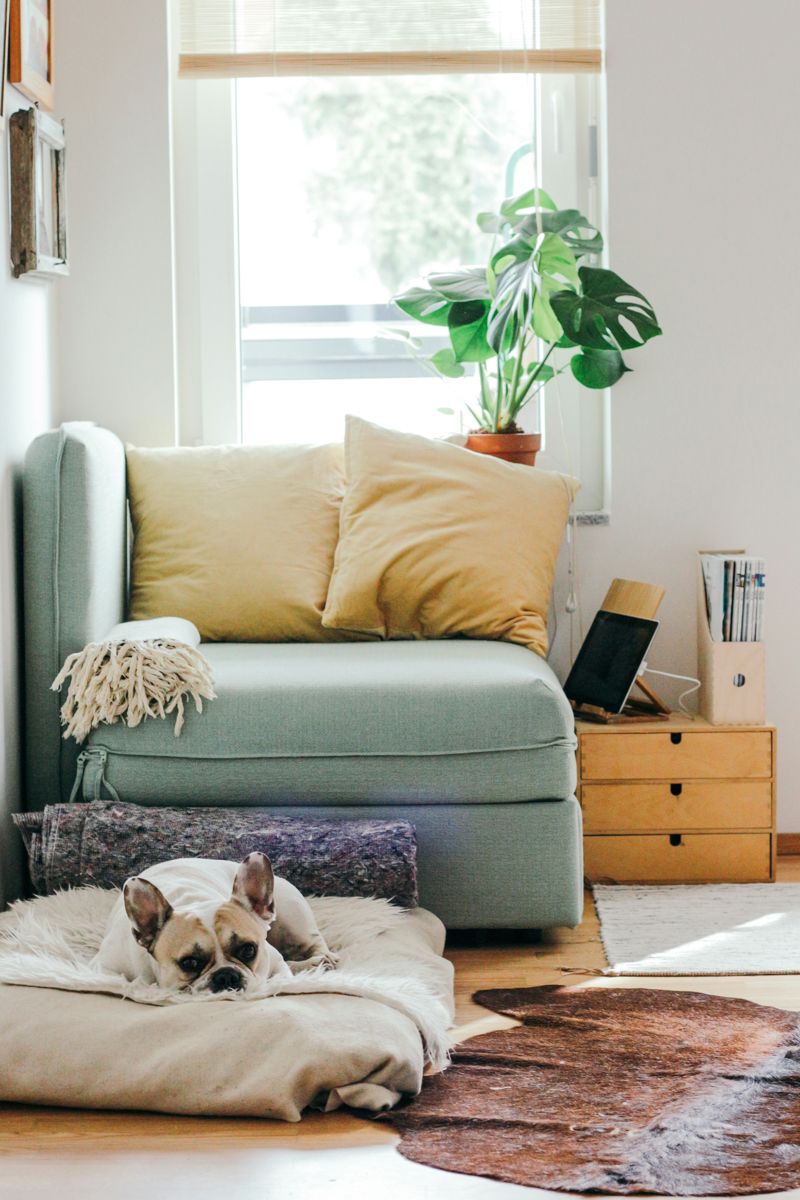
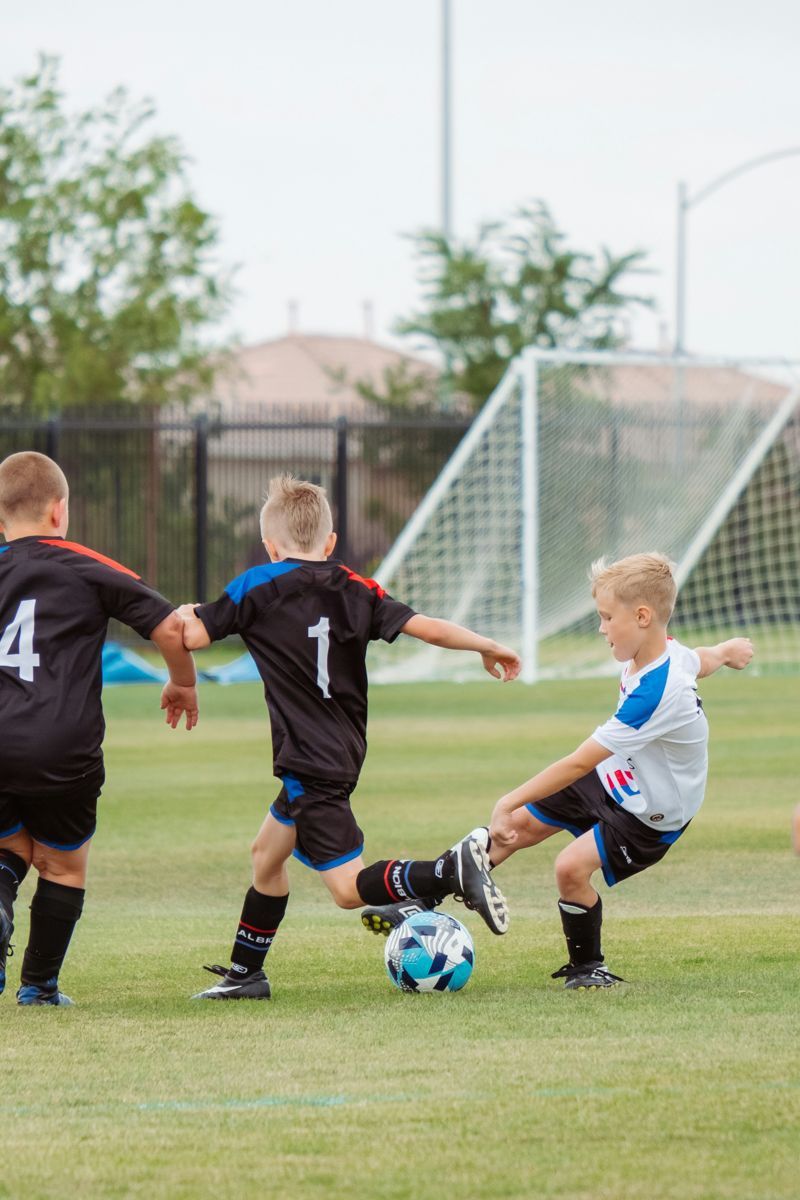
All Rights Reserved | CountryWide Media

